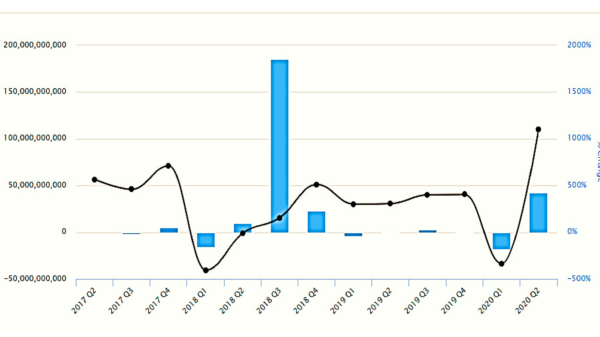Introduction: Addressing Challenges in Traditional Medical Imaging
Traditional medical imaging techniques have faced significant challenges in providing clear images for patients with darker skin tones. These limitations have hindered accurate diagnosis, monitoring, and treatment for individuals from diverse racial and ethnic backgrounds. However, researchers have recently made strides in overcoming these obstacles and improving medical imaging for all patients, regardless of skin tone.
Innovative Solutions: Advancements in Medical Imaging
In a groundbreaking study published in the October edition of the journal Photoacoustics, researchers have unveiled a promising solution to enhance medical imaging across diverse skin tones. By addressing a critical issue known as clutter, which distorts photoacoustic signals and complicates image interpretation, the research team has paved the way for more accurate and reliable imaging results.
Experimental Insights: Testing Across Skin Tones
To assess the efficacy of their proposed solution, the research team conducted comprehensive testing involving 18 volunteers with varying skin tones, ranging from light to dark. The volunteers’ forearms served as the focal point for the study, allowing researchers to evaluate the impact of skin tone on photoacoustic signal distortion and imaging quality. Through meticulous experimentation, valuable insights were gained into the relationship between skin tone and imaging clarity.
Clutter Effects: Understanding the Challenge
One of the key findings of the study was the correlation between skin tone and clutter levels in radiology. As skin tone darkened, the presence of clutter in the photoacoustic signal increased, posing significant challenges for accurate image interpretation. This phenomenon underscored the need for targeted interventions to mitigate clutter effects and optimize imaging outcomes for patients with darker skin tones.
Innovative Approach: Mitigating Clutter for Clearer Imaging
Building upon their experimental observations, the research team devised innovative strategies to mitigate clutter and enhance imaging clarity. By employing advanced signal processing techniques and algorithmic refinements, they succeeded in minimizing clutter-induced distortions and improving the overall quality of medical images. This breakthrough holds immense promise for revolutionizing medical imaging practices and ensuring equitable healthcare access for all patients.
Clinical Implications: Enhancing Patient Care
The implications of these findings extend far beyond the confines of the laboratory, offering tangible benefits for clinical practice and patient care. With enhanced imaging capabilities, healthcare providers can achieve greater diagnostic accuracy, facilitate more precise treatment planning, and monitor patient progress with heightened precision. By overcoming barriers related to skin tone, medical imaging technologies can better serve the needs of diverse patient populations, fostering more inclusive and equitable healthcare delivery.
Future Directions: Expanding Research Frontiers
As the field of medical imaging continues to evolve, further research is warranted to explore additional avenues for improvement and innovation. Future studies may delve into optimizing imaging protocols, refining signal processing algorithms, and expanding the applicability of advanced imaging technologies across various medical specialties. By embracing a multidisciplinary approach and fostering collaboration among researchers, clinicians, and technologists, the potential for transformative breakthroughs in medical imaging remains vast.
Conclusion: Advancing Healthcare Equity Through Innovation
In conclusion, the groundbreaking research published in the journal Photoacoustics represents a significant step forward in the quest to enhance medical imaging for patients of all skin tones. By overcoming the challenges associated with clutter distortion, researchers have opened new doors for improving diagnostic accuracy, treatment efficacy, and patient outcomes. As we look to the future, continued innovation and collaboration will be essential in advancing healthcare equity and ensuring that medical imaging technologies serve the needs of diverse patient populations effectively and inclusively.
































